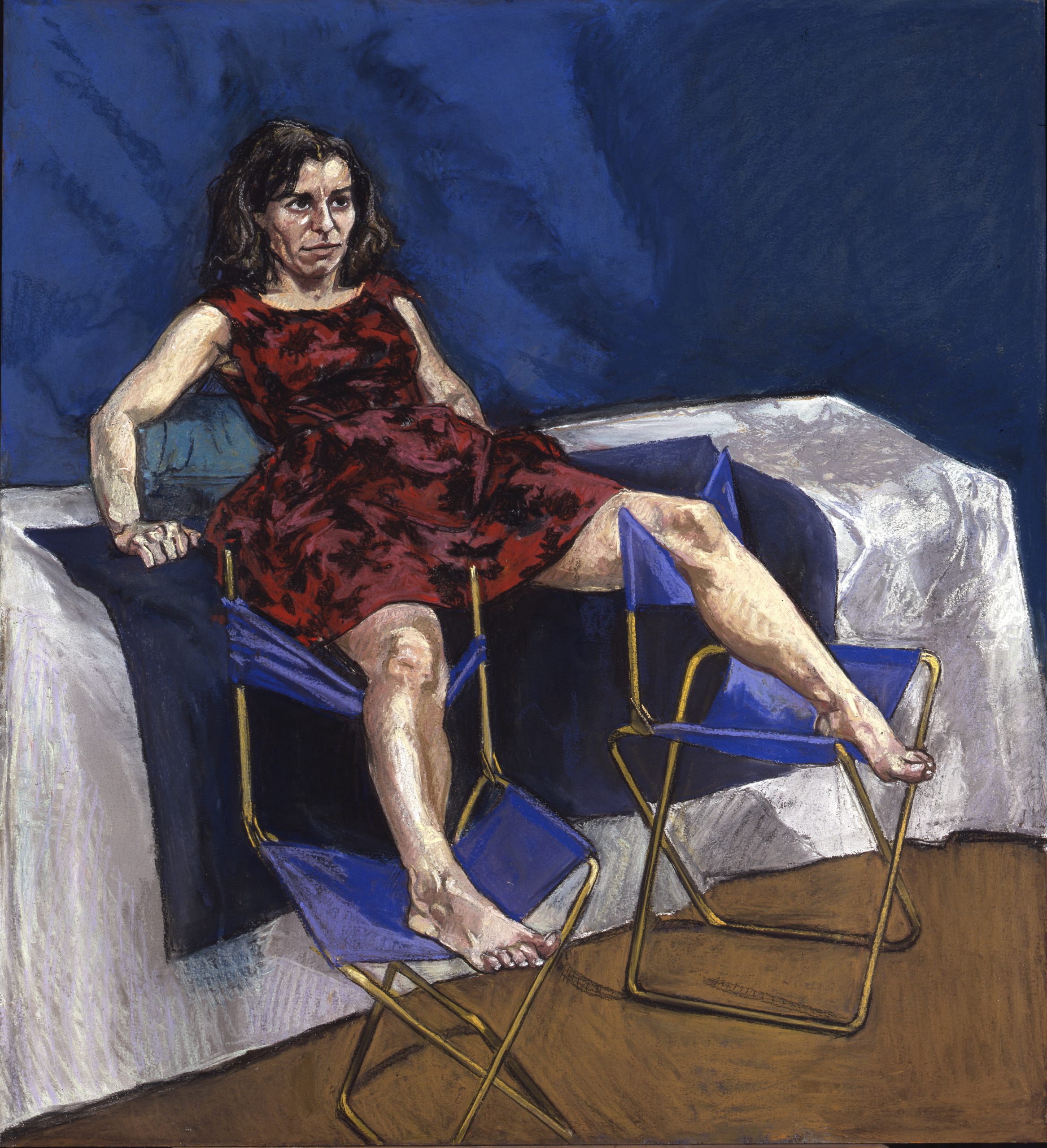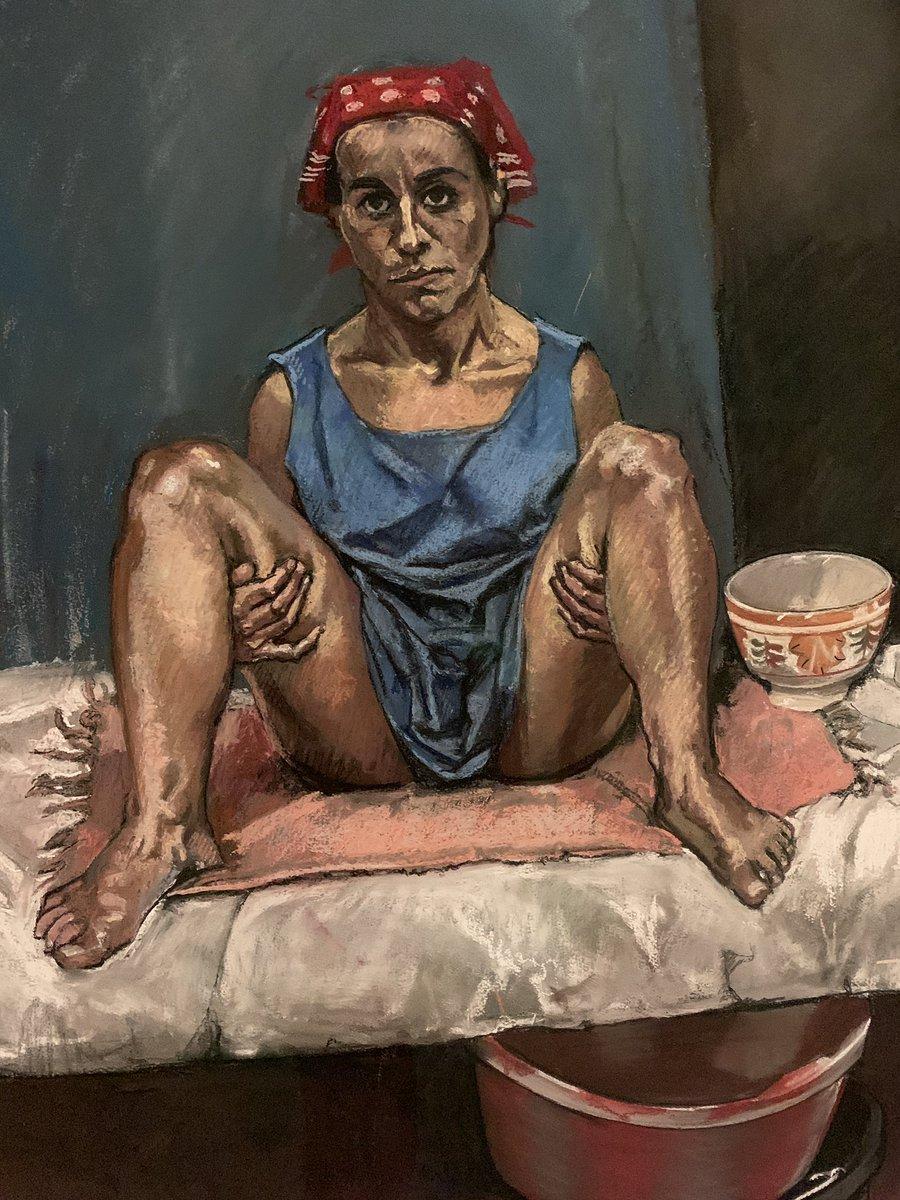
Yesterday came the news that Paula Rego, the British-Portuguese artist, had passed away at the age of 87. Today, we look at just one part of the artist’s remarkable legacy, with her 1998 abortion series.
Much of Rego’s work had a subliminal quality. Not subliminal in style – in paint and pastel it was as bold as it was beautiful – but subliminal in addressing issues that mattered most to her. Her artwork was often fantastical, inexplicable and challenging, for all the picture book similarities, but underneath it always held a meaning – be it feminism, abuse, power, childhood, sex.
But the meaning was perhaps never clearer than in Rego’s work from 1998. There can be no mistake what the abortion series is about nor the reality of abortions in counrties that restrict them. With her birthland of Portugal facing a referendum on abortion, this was Rego’s way of speaking.

There is no blood, no gore, no unborn foetuses and no women on death’s door. Instead, it’s young mothers in backstreet clinics bent over in physical and emotional anguish. It’s all about the women. The subjects of the paintings are the victims of illegal abortions and Rego made them all that mattered.
Rego was born to a wealthy family in Lisbon in 1935, two years after Antonio Salazar took power in Portugal. She moved to London in her teens and studied at the Slade School of Fine Art. At the age of 20 she met artist Victor Willing and the two began an affair, with Willing already married. This resulted in Rego having a number of abortions as Willing reportedly threatended to leave her should she carry a baby.

The couple eventually married and had three children. They lived between London and Portugal and Willing featured prominently in Rego’s art, especially his ailing health after being diagnosed with Multiple Sclerosis in 1966. He died in 1988.
Speaking to the Guardian in 2019, she said, “At the Slade, in the women’s cloakroom, girls would often be talking about where to go to get abortions. We were always falling pregnant.
“Later, in the late 50s and early 60s when we were living in Ericeira, women would come to our gate to beg for alms and we would give them money. It was almost always for abortions. I twice had to take women from the village to see my gynaecologist in Lisbon because they were suffering the consequences of backstreet abortions.
“It affected the poor disproportionately. If you were rich it was easier to find a safe way to have an abortion, usually by travelling to another country. Poor women were butchered.”
During the same Guardian interview, ahead of her stunning retrospective at Tate that year, Rego referenced the recent anti-abortion drive in the United States. “It seems unbelievable that these battles have to be fought all over again. It’s grotesque,” she said.
The women in Rego 1998 works are muscular, as so many of her female subjects are. In some, their eyes are open wide and there exists a haunting knowingness to exactly what is happening. It’s all about feeling and emotion and they are difficult to look away from. Now, in particular, they offer an invaluable a reminder of the importance of safe abortion, just one part of Rego’s remarkable legacy.


